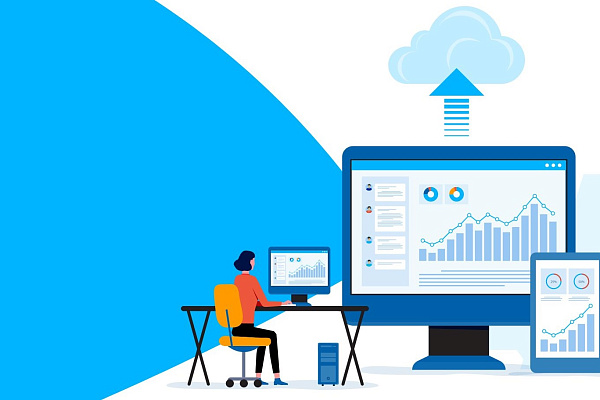The number of threats to IT assets continues to grow. According to Cybercrime Magazine, the cost of cybercrime is expected to increase by 15% over the next five years, reaching $10.5 trillion by 2025.
Building a secure and reliable infrastructure that is protected from attacks and outages is a long-term and time-consuming process.
In this article, we will discuss the key rules that every organization should follow.
What is fault tolerance?
Fault tolerance is the ability of a system to continue to operate without interruption in the event of a failure. In other words, it's a fail-safe plan in case of unexpected problems and a guarantee that technicians can keep your IT infrastructure running smoothly. This is particularly important in industries such as manufacturing, healthcare, energy, etc.
How to build a fault-tolerant system
There are several ways to improve fault tolerance, and organizations should consider these strategies
Add extra capacity
Your servers may not have enough resources to handle large volumes of traffic. In this case, you can move to more powerful configurations. However, if the high load on resources is temporary, such as during a sales period, the extra powerful servers will sit idle the rest of the time.
In these situations, it is better to migrate to a cloud infrastructure. You can connect and disconnect virtual machines in the cloud with just a few clicks. The pay-as-you-go model means you only pay for the resources you use.
Cloud services offer built-in redundancy and high availability, making them an attractive option for businesses looking to improve their resilience without investing in additional on-premises infrastructure.
Sometimes there is enough processing power, but the load falls on one server while the others are idle. This is where load balancing is important.
Use Redundancy
This means having backup systems and components in place so that if one fails, another is ready to go. This can include redundant servers, storage devices, and network connections. By having redundancy in place, businesses can ensure that critical systems continue to operate in the event of a failure.
Configure DNS Hosting
Another tool that can help you avoid load problems is reliable and fast DNS hosting. This allows you to store information about your domains on DNS servers. The more hosting has these servers and the closer they are to the users, the higher the speed and fault tolerance of the resources.
DNS queries are distributed across servers, and sent by the shortest route. If one of the servers goes down, your resource remains available.
Set up and perform regular backups
Backups are essential to ensure that data can be easily recovered in the event of a disaster. Follow the backup strategy and determine exactly what needs to be backed up. The data you need to keep and the data you are less likely to lose. Keep backups separate from your main data, in a secure storage facility in a Tier III data center.
Create a Disaster Recovery Plan
If a company has several data centers in different locations, it makes sense to use the Disaster Recovery service. In other words, you always have a backup site in another region where you can quickly restore servers that have failed at the primary site. You can also build a distributed system, consisting of a cluster of servers distributed around the world.
Perform regular monitoring
Proactive maintenance and monitoring of IT infrastructure is essential to identify and resolve potential problems. Regular software updates, hardware checks, and performance monitoring can help organizations stay ahead of potential problems and minimize the impact of any outages.
Ensure that your system is protected from cyberattacks
Attackers simultaneously use different methods to disable a server. For example, protocol attacks that exploit network protocol vulnerabilities, application layer attacks that directly target a web service, Volumetric attacks, and others. Security works at all layers of the OSI model. Traffic passes through filtering centers that analyze each request and block malicious ones.
Building a reliable and resilient infrastructure is a complex task best left to professionals. For example, you can order from Cloud4U. Our company will take care of all your needs when it comes to organizing a fault-tolerant cloud infrastructure. And you can focus on your projects.



